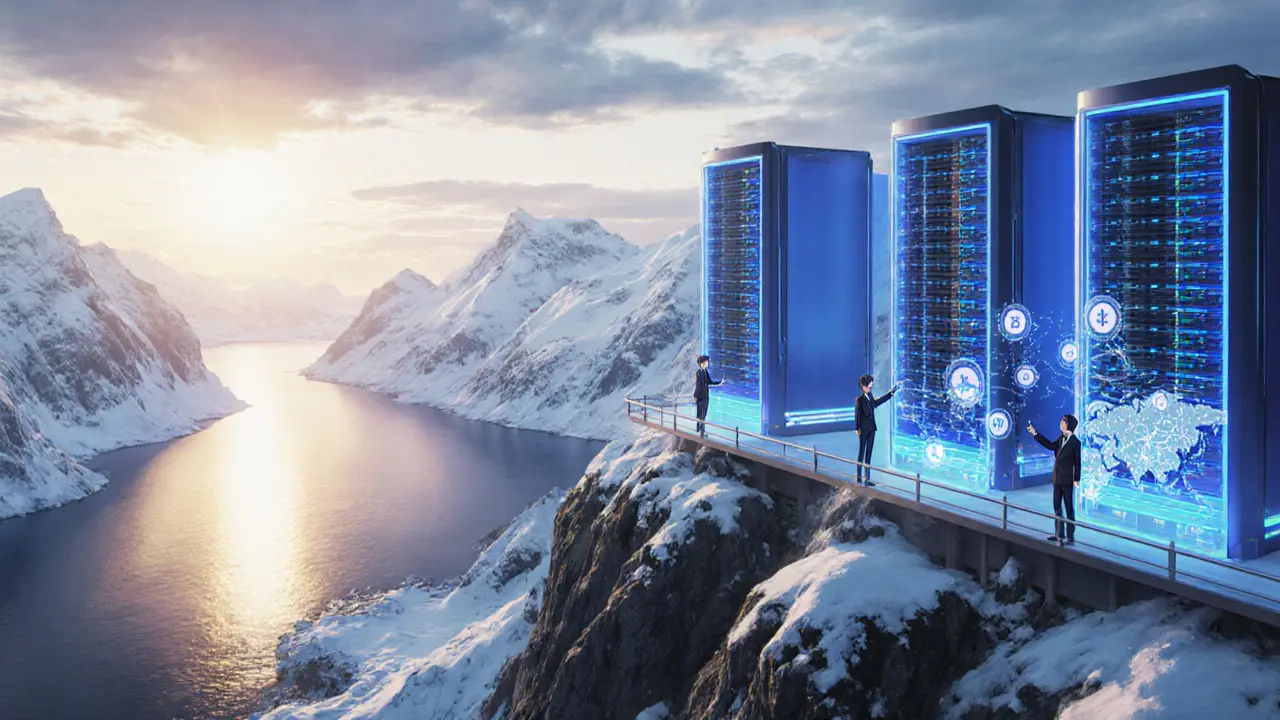Norwegian Data Center Regulation: What You Need to Know
When working with Norwegian data center regulation, the set of rules that govern the design, construction, operation, and environmental impact of data facilities in Norway. Also known as Norsk datasenterforskriften, it shapes how businesses build and run cloud infrastructure in the region.
One core pillar is the Norwegian Energy Act, a law that limits power consumption, requires renewable energy sourcing, and sets efficiency targets for large‑scale facilities. This act forces data center owners to adopt energy‑efficient cooling, use power‑usage‑effectiveness (PUE) metrics, and report annual electricity use. Norwegian data center regulation therefore encompasses sustainability standards and directly links operational costs to energy compliance.
Another essential layer comes from the General Data Protection Regulation, the EU‑wide privacy framework that still applies to Norwegian operators and its enforcement agency, Datatilsynet, Norway’s Data Protection Authority responsible for overseeing GDPR compliance. Compliance means strict data‑residency rules, consent handling, and breach‑notification procedures, which shape the architecture of storage, backup, and access‑control systems.
Data sovereignty, the principle that data must remain under national jurisdiction, intertwines with these rules. Providers wanting to host cryptocurrency mining rigs, blockchain nodes, or any edge‑computing workload must prove that their energy mix is green and that they respect privacy statutes. This creates a unique overlap where Norwegian data center regulation influences the feasibility of crypto operations, encouraging sustainable mining practices and limiting reliance on fossil‑fuel power.
Location criteria add another dimension. The regulation requires permits for sites that exceed 5 MW of power draw, mandates impact assessments for nearby wildlife, and sets cooling‑water discharge limits to protect Norway’s rivers. Facilities near offshore wind farms often gain faster approvals because they meet the renewable‑energy quota set by the Energy Act. Architects therefore design modular, container‑based data halls that can be relocated if environmental conditions change.
Why This Matters for Your Projects
Understanding these interconnected rules helps you avoid costly fines, design resilient facilities, and tap into Norway’s abundant renewable power. It also guides you in choosing the right cloud‑service provider—those that already meet the Energy Act thresholds and have Datatilsynet certification will reduce your compliance workload.
Below you’ll find articles that walk through compliance checklists, showcase energy‑efficiency case studies, and explore the impact of regulation on emerging tech like blockchain. Whether you are planning a new data hall, migrating workloads, or evaluating a crypto‑mining operation, the resources here give you a practical roadmap to navigate Norway’s regulatory landscape.
- October 11, 2025
- Comments 25
- Cryptocurrency

